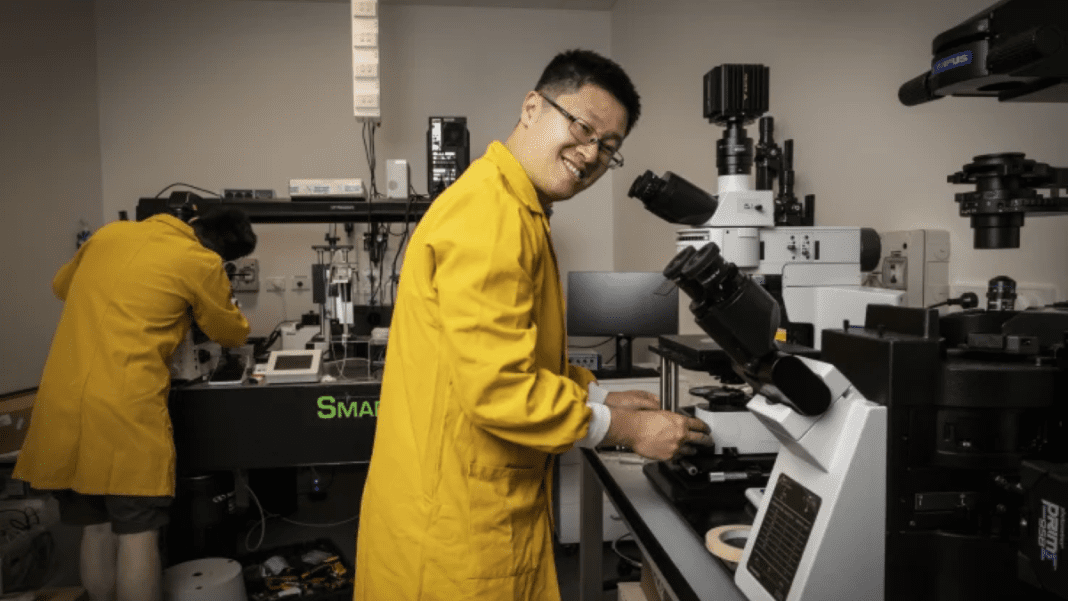AUSTRALIA: Scientists at the University of Sydney Nano Institute and the NSW Smart Sensing Network have made a significant breakthrough in non-invasive vital sign monitoring by developing a photonic radar system.
Published in Nature Photonics, the researchers successfully used the system to monitor breathing patterns in cane toads, demonstrating its potential for human application.
Traditional methods of vital sign monitoring often involve wired or invasive contact systems, which can be inconvenient or unsuitable for certain patients. The newly developed photonic radar system offers a precise and non-invasive alternative.
By remotely detecting pauses in breathing patterns, the radar system proves its effectiveness in monitoring vital signs from a distance.
The advantage of this approach is that it eliminates the need for physical contact with patients, enhancing comfort and reducing the risk of cross-contamination.
This advantage makes it particularly valuable in environments where infection control is crucial, such as hospitals and aged-care facilities. The photonic radar system utilizes light-based photonics technology to generate, collect, and process radar signals.
Researchers combined this approach with LiDAR (light detection and ranging), achieving a vital sign detection system with impressive resolution and accuracy.
The system can detect vital signs with a resolution down to six millimetres, making it suitable for clinical environments.
Unlike camera-based systems, which are sensitive to variations in lighting conditions and raise concerns about patient privacy, the photonic radar system offers built-in privacy protection.
The system remotely monitors vital signs using radio frequency (RF) detection technology, eliminating the need for visual recording and cloud storage of sensitive information.
The research team also highlighted the complementarity of their approach, as the system combines radar and LiDAR detection. If one system encounters a fault, the other continues functioning, ensuring reliability and redundancy.
The integration of photonic and radio frequency technologies maximizes the utility of both approaches. Conventional RF radar systems have limited range and resolution, while LiDAR offers improved range and resolution but struggles to penetrate objects.
The proposed system overcomes these limitations and provides a comprehensive solution for vital sign monitoring. Looking ahead, the researchers aim to miniaturize the system and integrate it into photonic chips, potentially enabling its use in handheld devices.
The team hopes this breakthrough will pave the way for a cost-effective, high-resolution, and rapid-response vital sign monitoring system that they can widely apply in healthcare settings and corrective services.
The development of the photonic radar system represents a significant advancement in non-invasive vital sign monitoring. Its potential to revolutionize patient care by providing accurate and convenient monitoring while ensuring privacy and infection control makes it a promising technology for the future.
Also Read: Apple Vision Pro Introduces Groundbreaking Spatial Technology for Immersive User Experience



